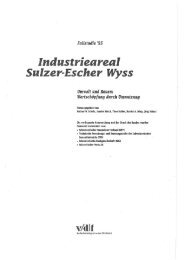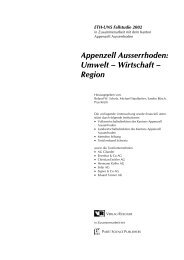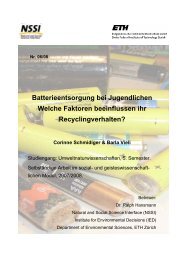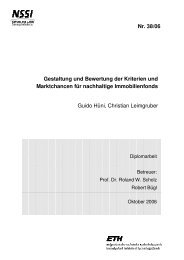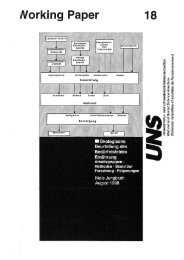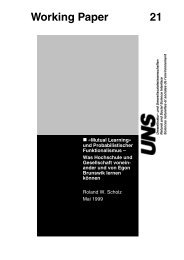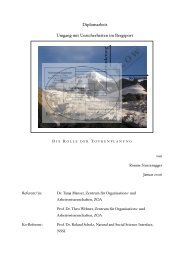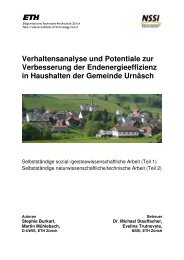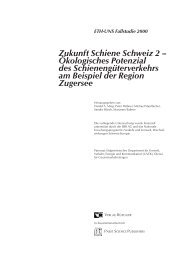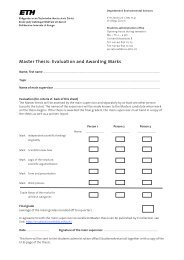Non-road fuel consumption and pollutant emissions ... - BAFU - CH
Non-road fuel consumption and pollutant emissions ... - BAFU - CH
Non-road fuel consumption and pollutant emissions ... - BAFU - CH
You also want an ePaper? Increase the reach of your titles
YUMPU automatically turns print PDFs into web optimized ePapers that Google loves.
<strong>Non</strong>-<strong>road</strong> <strong>fuel</strong> <strong>consumption</strong> <strong>and</strong> <strong>pollutant</strong> <strong>emissions</strong> FOEN 2008 48<br />
6.2 Industrial machinery<br />
In order to calculate the inventories of forklifts <strong>and</strong> sweepers/cleansing machines,<br />
information had to be obtained from importers. The figures for other machines were<br />
primarily taken from the database of the Swiss Federal Vehicle Inspection Office.<br />
In the category of industrial machinery, only relatively large machines have been<br />
listed. Smaller appliances such as drills <strong>and</strong> milling machines have been categorised<br />
under garden-care/hobby appliances. Stationary diesel engines (e. g. for emergency<br />
power generators) have not been considered here, since the term “non<strong>road</strong>” as used in<br />
this report only refers to mobile machines <strong>and</strong> appliances.<br />
Inventory<br />
As we can see from Figure 22 (top left), this category is dominated by forklifts. Those<br />
used indoors are normally operated with gas (mostly propane). This applies to 16% of<br />
all forklifts. In most cases, the engine power is between 18 <strong>and</strong> 75 kW.<br />
Much more powerful machines (up to 340 kW) are used for ski-slope services.<br />
Operating hours <strong>and</strong> their development from 1980 to 2020<br />
According to data provided by the main importers, the inventory of forklifts more than<br />
doubled in the period from 1980 to 2000. However, no further growth is anticipated in<br />
the future. This trend can be seen from the development of operating hours depicted in<br />
the lower half of Figure 22.<br />
Due to the high level of specific operating hours for forklifts (700 hours p.a.) <strong>and</strong> snow<br />
groomers, which according to information provided by manufacturers are in operation<br />
for around 700 hours p.a. on average, the total number of operating hours for industrial<br />
machinery in 2005 was 15.0 million, despite the relatively small inventory 18 .<br />
18<br />
By way of comparison: the total figure for construction machinery was 18.3 million hours in 2005.



